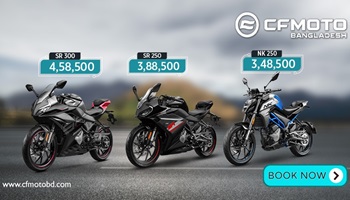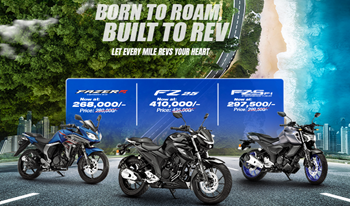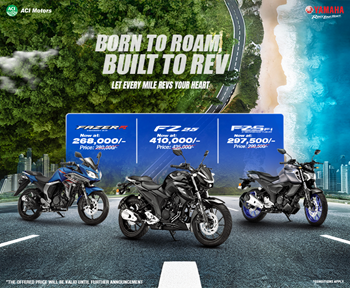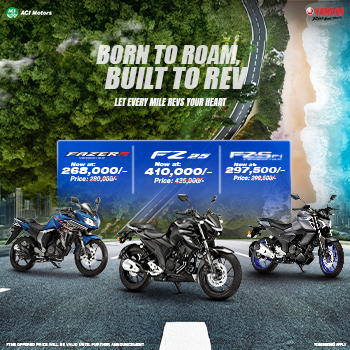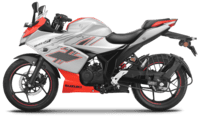What is Friction Plate in a Bike Engine?
What is a Friction Plate on a Motorcycle engine? Why use a friction clutch? What is the purpose of a friction plate? What are the advantages and disadvantages of a friction plate? How to know if a friction plate is bad? What are the reasons behind a friction plate goes bad? Find details about the bike’s friction plate.
What is Friction Plate in Bike?
The friction plate is a component found on motorbikes. It’s basically one of the types of clutch plates. Indeed, they are flat disc parts of the clutch system. It assists in gripping steel plates firmly. They consist of fiber-based materials. Manufacturers place friction plates in alternate positions with steel plates. People also know this type of plate as “drive plates”.
What does a Friction Plate do?
A friction plate of a vehicle allows the transmission input shaft and engine to run at the same speed when rotating. As a result, friction will be produced between the engine and the transmission. This friction, in turn, provides the force that eventually moves the vehicle. When the rider engages the clutch, it is positioned between the engine flywheel and a steel pressure plate. However, without insufficient pressure between the flywheel and the pressure plate, the friction plate will slip and won’t work properly.
What is the Advantage of a Friction Clutch Plate?
The major conveniences of a friction clutch plate are:
- It ensures precise control over power transmission
- Provides smooth and efficient operation.
- Also helps compensate for wear. Thus it extends their lifespan and decreases the maintenance costs.
How do I know if my clutch friction plates are bad?
A bad friction plate may indicate slippage, odor, and heat.
Slippage: Suppose, a rider is revving his engine at 10 grand. But it is only doing 10 mph. Then there must be some slippage. It’s actually the first indication of a bad friction clutch plate.
Odor: If your clutch friction plates are bad, you will smell some foul and unpleasant odors. It will help you recognize.
Heat: Overheating is the other indication of a bad friction plate. It may get excessively hot even after a short ride.
Now let’s check the major reasons behind a bad friction plate.
- Friction Material Degradation
- Misalignment
- Excessive Heat
- Oil or Grease
- Incorrect Torque Specifications
- Debris
- Riding the Clutch
- Aggressive Driving
- Manufacturing defects
- Inferior Components
- Hydraulic Failure
- Worn Linkages or Cables
- Overheating, etc.
Regular maintenance, proper driving habits, as well as quality components extend the lifespan of the friction plates of a bike.














